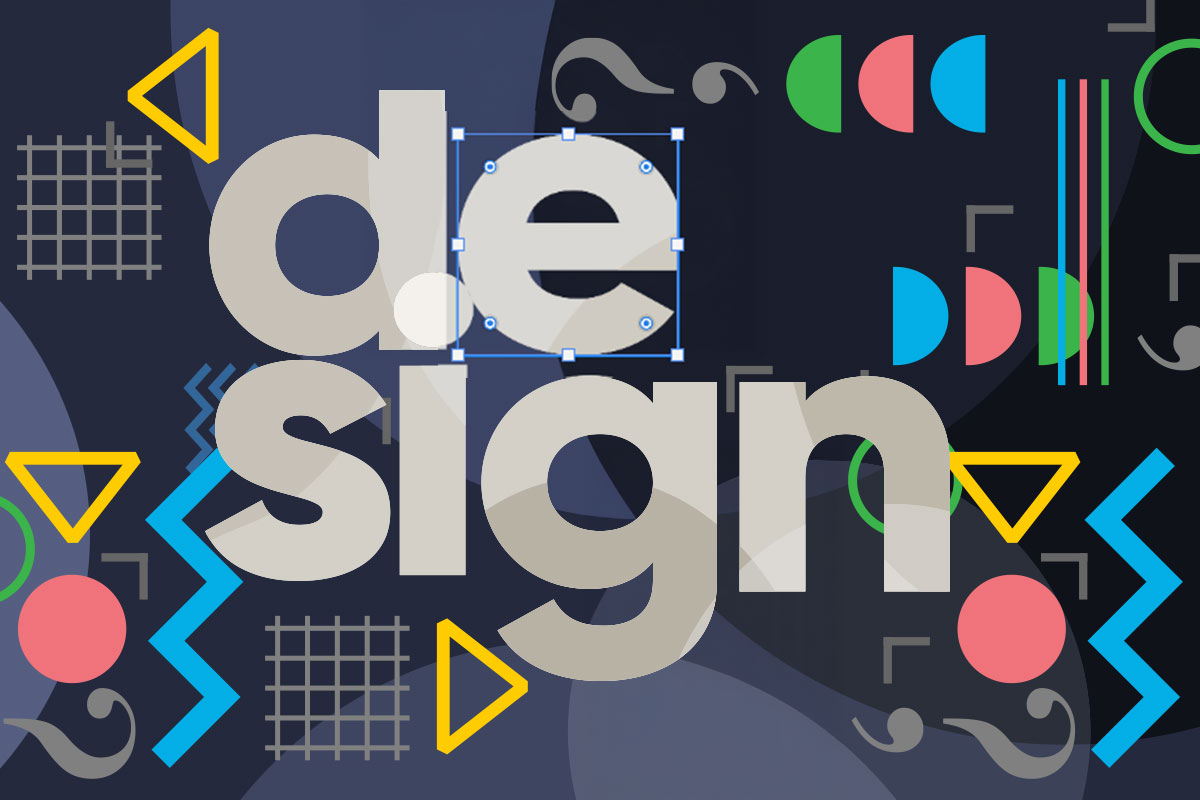Finance Tools to Simplify Your Budgeting
In an age where financial management can be as complex as it is vital, utilizing the right tools to simplify your budgeting process can make a world of difference. Budgeting is not just about tracking income and expenses; it’s about making informed decisions that lead to financial stability and growth. Fortunately, there are numerous resources available today that can help streamline this process. From budgeting apps recommendations to expense tracking software, the options are abundant. Here’s a look at some of the most effective tools that can transform your approach to managing finances.
Budgeting Apps Recommendations
Budgeting apps recommendations abound, each offering unique features to cater to various financial needs. One of the most popular is Mint, a comprehensive platform that allows users to connect all their bank accounts and credit cards in one place. Mint automatically categorizes transactions, providing users with a clear overview of spending habits. Its budgeting feature is intuitive, allowing for easy tracking of monthly expenses and income.
Another standout is You Need a Budget (YNAB), which follows a proactive budgeting methodology. Unlike traditional apps that simply record expenses, YNAB encourages users to allocate every dollar to specific spending categories. This approach fosters a greater awareness of financial priorities and encourages users to save more effectively.
For those seeking a minimalist interface, EveryDollar is an excellent choice. Developed by financial guru Dave Ramsey, this app emphasizes zero-based budgeting, enabling users to plan their monthly budgets from the ground up. EveryDollar is user-friendly and offers a simple drag-and-drop feature to adjust spending categories effortlessly.
Expense Tracking Software
To gain control over financial habits, expense tracking software is indispensable. These tools not only help individuals monitor spending but also offer insights into where money is going and how to adjust accordingly.
One notable example is PocketGuard, which provides a snapshot of your finances by linking to your bank accounts and credit cards. PocketGuard highlights how much disposable income you have after accounting for bills, goals, and necessities. This feature helps users avoid overspending and encourages responsible financial management.
Another effective software is GoodBudget, which adopts the envelope budgeting method, allowing users to allocate funds to various spending categories. GoodBudget is particularly useful for those who prefer a hands-on approach to budgeting, as it lets users plan for future expenses rather than just tracking past ones. Its cloud synchronization feature ensures that users can access their budgets across multiple devices, making it easy to stay organized on the go.
For those who prefer to take a more manual approach, Excel or Google Sheets can be tailored to create customized budgeting solutions. With the right formulas, users can track expenses, calculate savings, and visualize spending trends. This flexibility is invaluable for individuals who want a personalized budgeting experience.
Automated Savings Tools
The concept of saving can often feel daunting, but automated savings tools can alleviate this pressure significantly. These tools take the guesswork out of saving by allowing users to set automatic transfers to savings accounts.
Qapital is a prime example of an app designed to promote savings through automation. Users can create custom rules that dictate how and when money is saved. For instance, you can set a rule to round up purchases to the nearest dollar, automatically transferring the difference into savings. This “set it and forget it” approach helps users save without actively thinking about it, making it easier to reach financial goals.
Acorns is another innovative savings tool that allows users to invest spare change. By linking to a debit or credit card, Acorns automatically rounds up purchases and invests the difference in diversified portfolios. This method encourages passive saving and investing, allowing users to grow their wealth over time without significant effort.
Financial Planning Spreadsheets
For those who prefer a more hands-on approach, financial planning spreadsheets can serve as an invaluable resource. These spreadsheets allow for a tailored budgeting experience that can be adjusted according to individual financial goals.
A well-structured spreadsheet can provide insights into cash flow, allowing users to visualize their income and expenses. Templates are readily available online, offering a starting point for those who may not know where to begin. By customizing a spreadsheet, users can track specific categories of expenses, set savings goals, and even project future earnings based on historical data.
The advantage of spreadsheets is their flexibility. Users can adapt formulas and layouts to suit their unique financial situations, providing a personalized approach to budgeting. They can also be shared with family members or financial advisors, facilitating discussions around spending habits and financial goals.
Conclusion
Simplifying budgeting doesn’t have to be a Herculean task. By harnessing the power of budgeting apps recommendations, expense tracking software, automated savings tools, and financial planning spreadsheets, individuals can take significant strides towards financial stability. Each tool offers unique benefits, allowing users to tailor their budgeting approach to their specific needs. Whether you prefer automated solutions or a hands-on approach, the right tools can transform how you manage your finances, helping you achieve your financial aspirations with greater ease and confidence. Embracing these technologies is not just a step towards better budgeting; it is an investment in a secure financial future.





